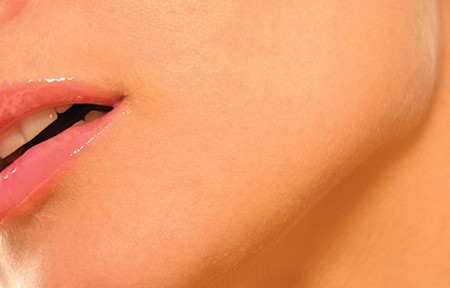
The normal skin is composed of two parts. The upper part is called the epidermis and is composed of skin cells. These cells continually divide, grow, and mature. As they reach the surface of the skin they flatten, die and are then shed. The deeper part of the skin is called the dermis and is composed mainly of collagen, which supports the epidermis. Within the collagen are the nerves, blood vessels and other structures that comprise the skin.The whole surface of the skin, except for the palms and soles, is covered in small skin pores. Each pore is the entrance of a small, flexible tube that runs through into the dermis and represents the canal through which the hairs grow to the surface. Each hair canal is associated with a sebaceous gland, which produces an oily substance, called sebum. The sebum is pumped into the hair canal and from there ...



